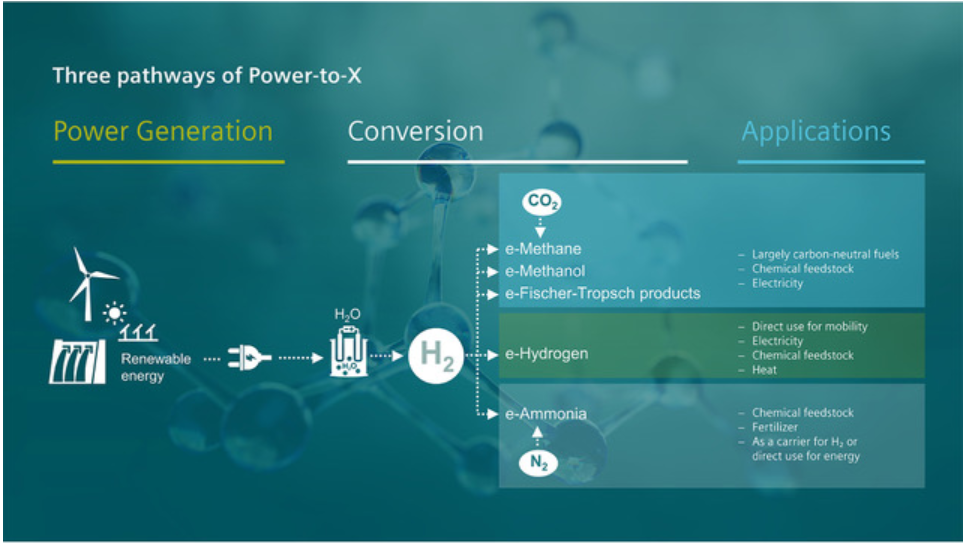Source: https://energypost.eu/green-ammonia-can-replace-fossil-fuel-storage-at-scale/

Main points;
- Pure hydrogen is an energy dense alternative, but the gas takes up a lot of space. Liquid ammonia doesn’t, yet it contains the hydrogen and therefore the energy.
- While, the current energy system has a vast amount of storage built into it, the vast majority is in the form of hydrocarbon fuels such as natural gas, petrol, diesel or kerosene– also referred to as chemical energy vectors.
- Ideally, then, the search is on for a chemical energy vector that does not contain any carbon. Here, hydrogen is a great option as it has got the highest energy density by weight of any chemical fuel. The problem with hydrogen is that its volumetric energy density is low: it is difficult to get a lot of hydrogen in a small space. Fuel cell electric vehicles have a typical hydrogen inventory of 4 – 5 kg to give them a range of 300 miles, but need to compress this hydrogen to high pressure – typically 700 bars – to make the fuel tank small enough to fit in the car.
- One promising candidate for this role is ammonia; an ammonia molecule comprises one nitrogen atom and three hydrogen atoms (for comparison, a methane molecule has one carbon atom and four hydrogen atoms). Ammonia can be synthesised from raw materials that we have in abundance, namely water and air, using renewable energy.
- The Earth’s atmosphere is roughly 78 per cent nitrogen and this can readily be separated out from air. Hydrogen can be obtained from water, via a process called electrolysis. Once the hydrogen and nitrogen are produced, they can be combined in an industry-standard reaction called the Haber-Bosch process to produce ammonia. If renewable energy is used to power these processes, then that energy becomes locked up in the ammonia molecule, without any direct carbon emissions.
- For storing large quantities of energy, chemical fuels provide an energy-dense and convenient medium – it’s why they are ubiquitous today. The challenge with the fuels we use now is the carbon emissions that result from burning them. One way of thinking about ammonia is that it solves the conundrum of replacing hydrocarbon fuels with something that doesn’t contain any carbon, while also overcoming the challenges of storing and distributing hydrogen in bulk.
